Anatomy of the Nasal Cavity
- The nasal cavity is divided into two halves by the nasal septum.
- The roof of the nasal cavity is formed by the cribriform plate of the ethmoid bone.
- The floor is formed by the hard palate, which separates the nasal cavity from the oral cavity.
Functions of the Nasal Cavity
- Air Filtration: The nasal cavity filters out dust, pollen, and other particles from the air we breathe, preventing them from entering the respiratory system.
- Warming and Humidifying: The nasal cavity warms and humidifies the air, preparing it for the delicate structures of the lower respiratory system.
- Olfaction: The olfactory epithelium in the nasal cavity is responsible for our sense of smell.
Structures within the Nasal Cavity
- Conchae: The nasal conchae are bony shelves that protrude from the lateral walls of the nasal cavity, increasing its surface area and helping to filter and humidify the air.
- Mucous Membrane: The nasal cavity is lined with a mucous membrane that contains cilia, which trap particles and move them toward the pharynx to be swallowed or expectorated.
- Olfactory Epithelium: This specialized tissue is located in the upper part of the nasal cavity and is responsible for detecting odors.
Disorders of the Nasal Cavity
- Sinusitis: Inflammation of the nasal sinuses, often resulting in congestion, pain, and difficulty breathing.
- Nasal Polyps: Soft, painless, noncancerous growths on the lining of the nasal passages or sinuses.
- Deviated Septum: A condition in which the nasal septum is significantly off-center, causing breathing difficulties.
◂Biology Worksheets and Study Guides High School. Introduction to animals
Worksheet/Answer key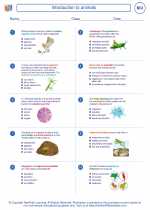 Introduction to animals
Introduction to animals  Worksheet/Answer key
Worksheet/Answer key Introduction to animals
Introduction to animals  Worksheet/Answer key
Worksheet/Answer key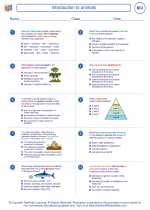 Introduction to animals
Introduction to animals  Worksheet/Answer key
Worksheet/Answer key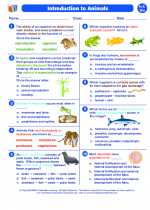 Introduction to animals
Introduction to animals  Vocabulary/Answer key
Vocabulary/Answer key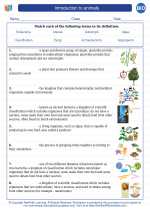 Introduction to animals
Introduction to animals  Vocabulary/Answer key
Vocabulary/Answer key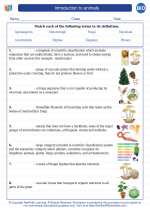 Introduction to animals
Introduction to animals  Vocabulary/Answer key
Vocabulary/Answer key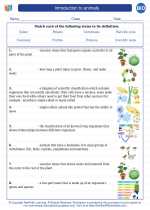 Introduction to animals
Introduction to animals 

 Worksheet/Answer key
Worksheet/Answer key
 Worksheet/Answer key
Worksheet/Answer key
 Worksheet/Answer key
Worksheet/Answer key
 Vocabulary/Answer key
Vocabulary/Answer key
 Vocabulary/Answer key
Vocabulary/Answer key
 Vocabulary/Answer key
Vocabulary/Answer key

The resources above cover the following skills:
Concepts of Life Science (SC1, SC2, SC3)
The student demonstrates an understanding of the structure, function, behavior, development, life cycles, and diversity of living organisms by describing the structure-function relationship